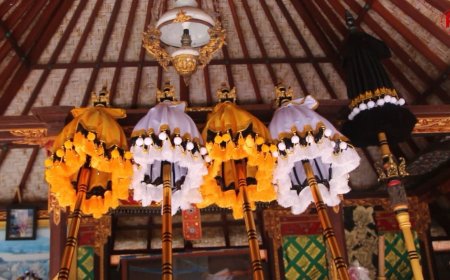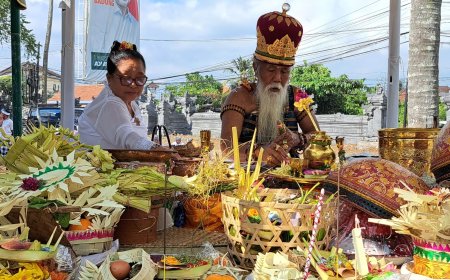Finding Purity through Tari Lasti: A Celebration of Soul Cleansing at the Sanur Festival
Tari Lasti, a creation by Ni Km Ayu Anantha Putri, captivated audiences at the Sanur Festival by conveying a profound message of soul cleansing, inspired by the Melasti ceremony. Accompanied by electronic music composed by Raissa Febriani, this contemporary dance masterfully blends Balinese traditional elements with a modern touch, creating a meaningful and moving experience for viewers. The combination of graceful movements and innovative musical accompaniment makes Tari Lasti a symbol of the fusion between cultural heritage and contemporary artistic expression.
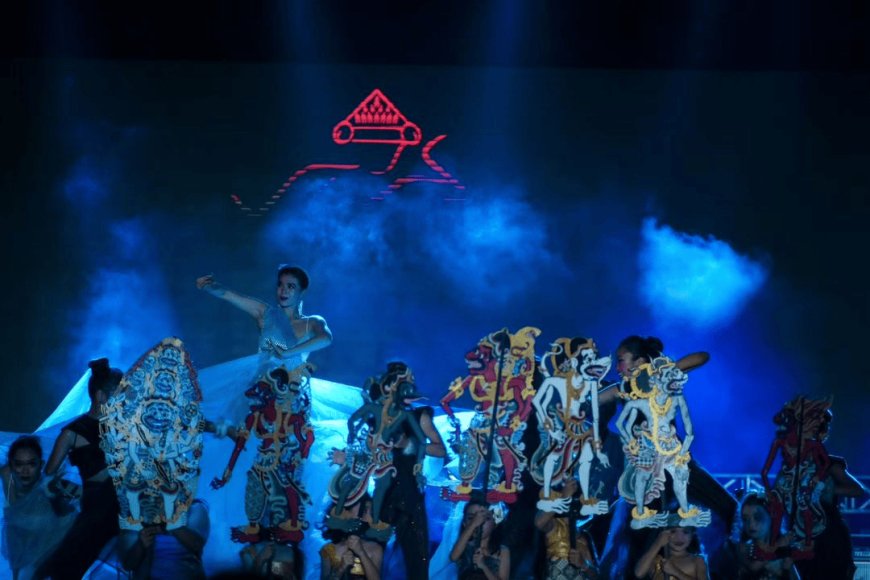
Sanur Festival (Sanfest) is a renowned annual cultural festival in Bali, showcasing a blend of art, culture, and natural beauty through a series of meaningful events. This year, Sanfest took place from October 16-20, inviting visitors to immerse themselves in Balinese traditions enriched by contemporary art creations. One of the main highlights this year was Tari Lasti, a contemporary dance designed to lead the audience on a profound spiritual journey.
Sanur Festival, or Sanfest, is more than just an ordinary festival; it serves as a platform for the Balinese community to showcase the pride and uniqueness of their culture, while also introducing contemporary elements that make it relevant for the younger generation. This festival captures the interest not only of local residents but also of international tourists drawn to the uniqueness and beauty of Balinese culture. Each year, Sanfest strives to present inspiring and educational activities, inviting audiences to understand Bali’s philosophy of life, which is harmonized with nature, spiritual values, and ancestral traditions.
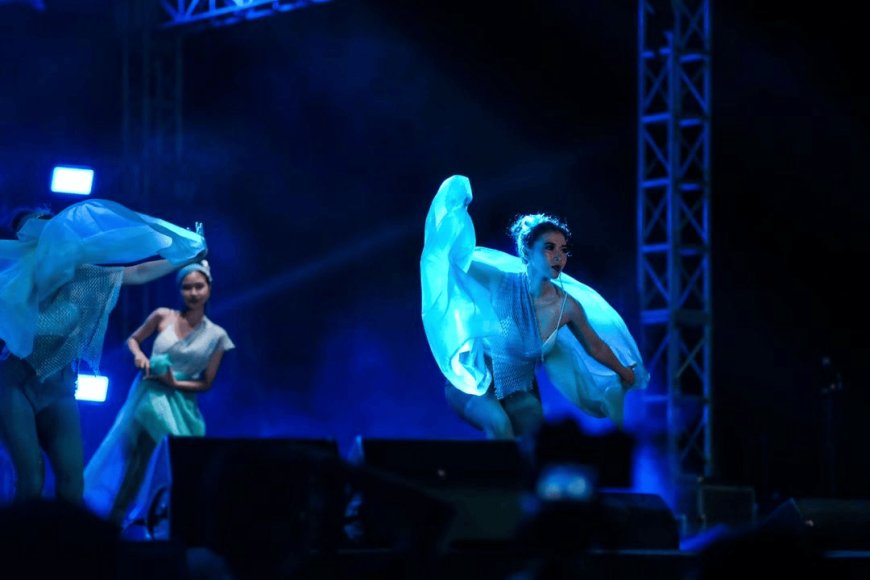
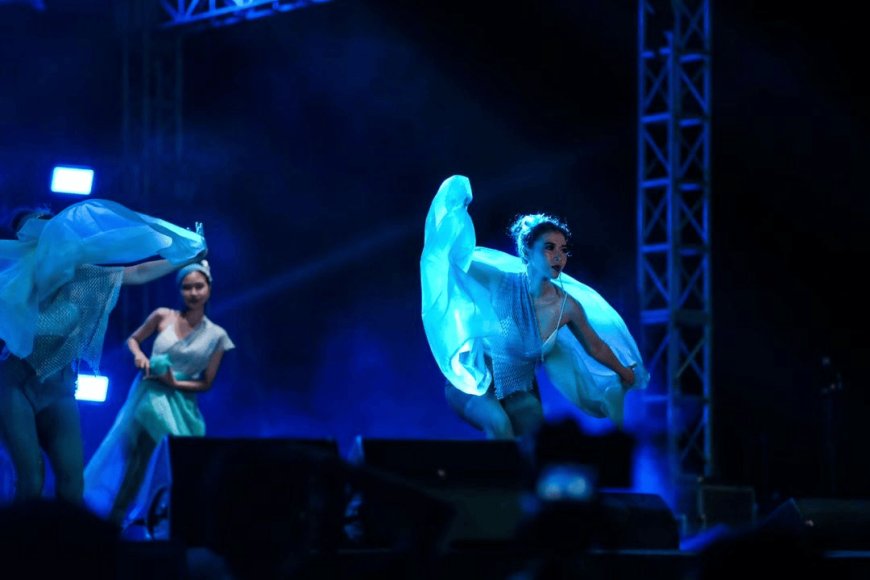
Movements Resembling the Flow of Waves (Photo Source: Personal Collection)
Tari Lasti is the creation of choreographer Ni Km Ayu Anantha Putri, known for her signature Fusion Dance style. The dance premiered on April 16, 2023, at Sunset Park Potato Head Bali, accompanied by music by Raissa Febriani. Inspired by the sacred Melasti ceremony, Tari Lasti combines traditional movements with a contemporary fusion style. Through its movements resembling the waves and flowing like water, this dance celebrates the ocean as a source of soul purification.
Tari Lasti is a reflection of Ayu Anantha's perspective on the beauty of the sea and its connection to the human soul. Through soft yet dynamic movement techniques, this dance creates a narrative that portrays the sea as a pure and sacred source of life. The audience is invited not only to watch but also to feel the power of the natural elements conveyed through a meaningful choreography.
Tari Lasti as the Highlight of Sanur Festival
Sanfest offered various performances, including dance and music, showcased at Sanggar Kerta Art, a cultural exhibition that blends traditional elements with modernity. Tari Lasti, part of Sanggar Kerta Art, stands out with movements responding to the dynamics of contemporary electronic music. With choreography inspired by ocean waves, this dance invites the audience to delve into the symbolism of water, reflecting balance and peace.
As part of Sanfest, Tari Lasti is not only performed as entertainment but also as an educational tool for the younger generation who wish to understand the values of Balinese culture. This dance exemplifies how traditional art can remain relevant and appealing, even amidst pop culture trends. The combination of traditional and modern elements makes Tari Lasti a bridge between two generations, presenting a work of art that can be appreciated by all audiences.
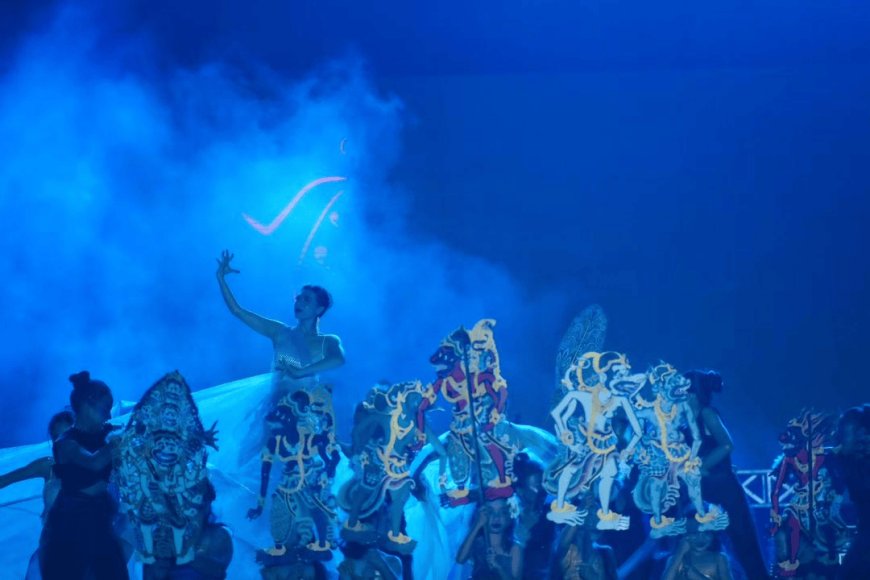
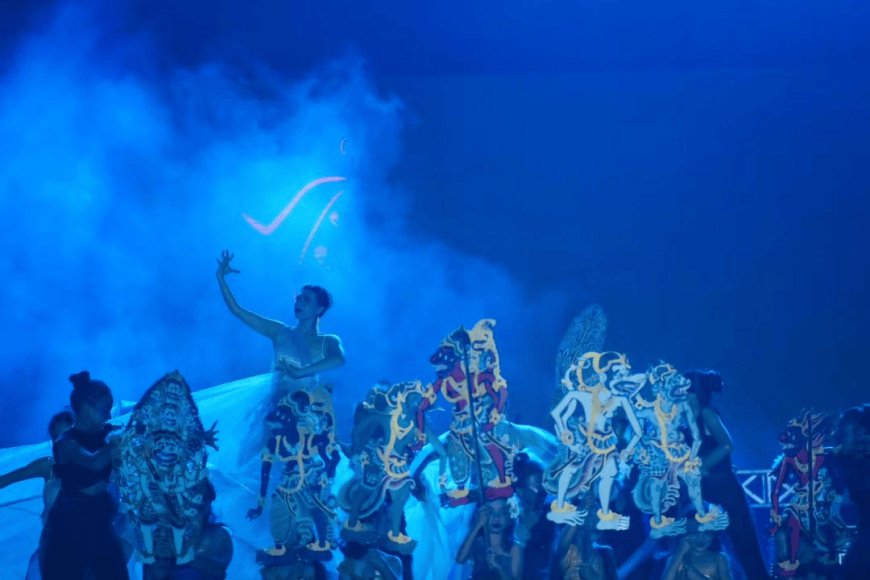
Symbolizing the Aesthetic of the Sea in Lasti Dance (Photo Source: Personal Collection)
The beachfront atmosphere at Sanfest further enhances the spiritual ambiance of Tari Lasti, seemingly becoming a celebration of harmony between humanity and nature. This dance uses a long white cloth as a prop, symbolizing the ocean's aesthetic and moving in harmony with the dancers, creating a visual illusion of waves washing over the soul.
The white cloth used in Tari Lasti is not just an aesthetic element, but also carries symbolism within Balinese culture. The cloth represents purity and cleansing, suggesting that humans who are connected to nature will find inner peace and tranquility. The movements that follow the cloth showcase the beauty of the dance, which not only pleases the eye but also invites the audience to deeply feel the spiritual meaning embedded within it.
The Symbolism of Water in Tari Lasti and Spiritual Life
Water holds special meaning in Balinese culture, believed to cleanse and bring peace. In Tari Lasti, water is a central element, represented through movements resembling the flow of waves. Costumes in sea blue with wave motifs emphasize this symbol, reinforcing the message of self-purification.
In addition to the symbolism of purification, water in Balinese culture also reflects the cycle of life and renewal. Tari Lasti incorporates this element with movements that depict the cycle of water, flowing and swirling as a symbol of soul renewal. The audience is invited to view this dance as a symbol of the human life journey, filled with ups and downs, yet always returning to balance.
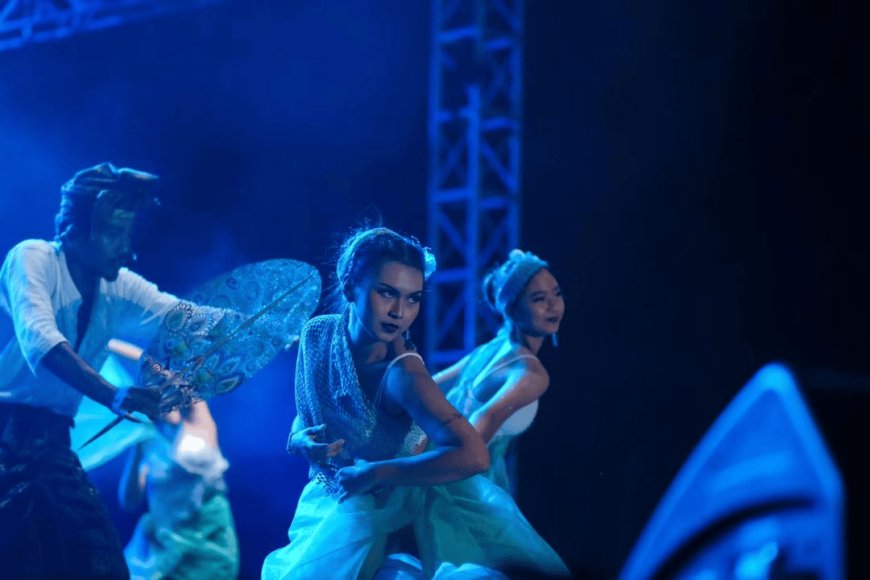
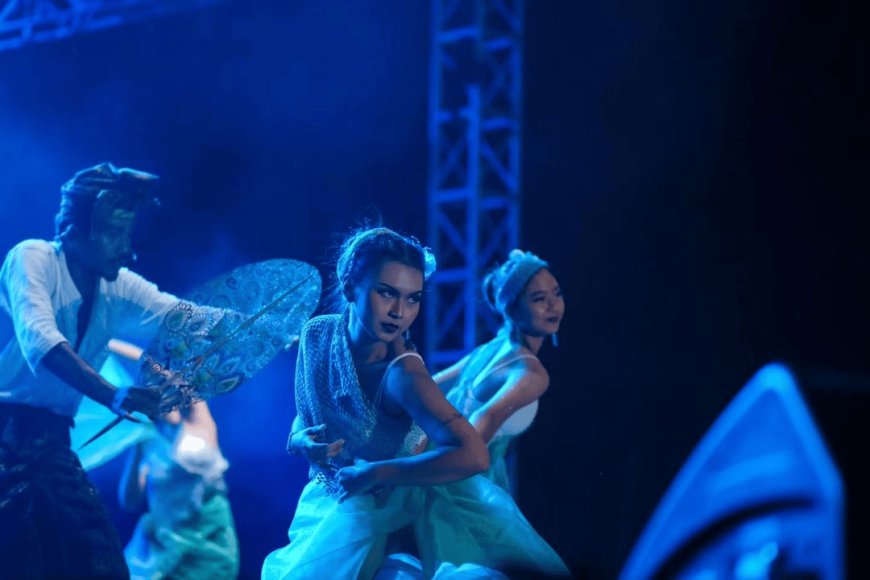
The Cleansing Movements of Tari Lasti (Photo Source: Private Collection)
Ayu Anantha Putri presents water as a purifying element, inspired by the Melasti ceremony—a sacred ritual usually performed on the shoreline. Through every movement of the cloth following the rhythm, Tari Lasti sweeps away negativity, bringing a sense of calm to the audience.
The Fusion of Tradition and Innovation in Tari Lasti
By using Balinese dance roots blended with her Fusion Dance style, Ayu Anantha created Tari Lasti as a tribute to tradition enriched with innovation. Traditional gamelan music fused with electronic music offers a modern interpretation of Balinese values. This combination creates a magical atmosphere that enhances the dance’s intensity.
Ayu Anantha recognizes the importance of preserving Bali's cultural values amidst the ever-evolving times. Therefore, Tari Lasti serves as evidence that traditional art can not only survive but also evolve with the addition of relevant innovations. This dance conveys the message that traditional Balinese culture has a cross-generational appeal that can be communicated through modern mediums.
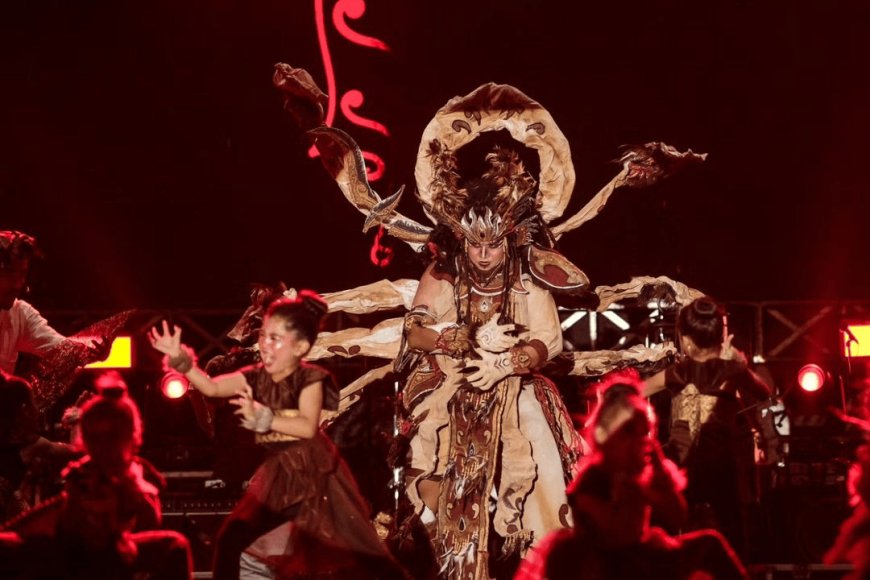
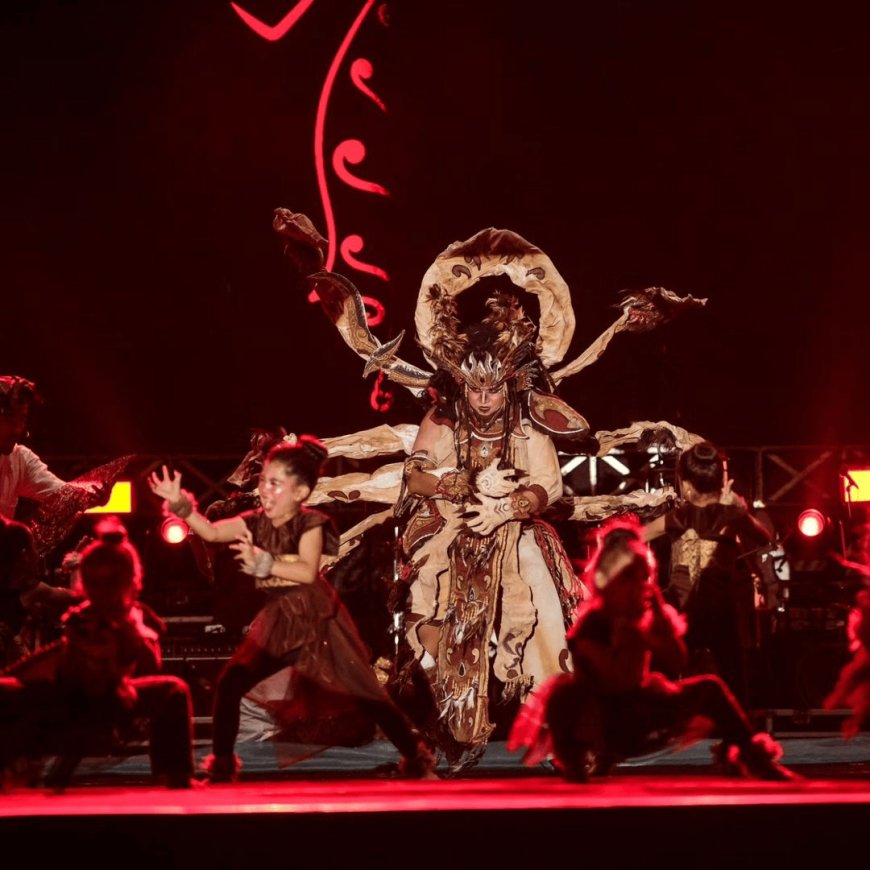
Tari Lasti Creating a Magical Atmosphere (Photo Source: Private Collection)
Since its debut, Tari Lasti has been performed seven times, including at Lasalle College of the Arts in Singapore in early 2024, as part of a contemporary Balinese dance workshop taught by Ayu Anantha. The dance was welcomed as part of the movement and choreography curriculum, expanding the reach of Balinese culture internationally.
Reviving Spirituality Through Tari Lasti
Through Tari Lasti, Sanfest becomes more than a cultural celebration; it is a reflection of the importance of maintaining balance with nature. This dance recreates the sacred atmosphere of the Melasti ceremony, reminding the audience of the power of purification through natural elements, particularly water. With each performance, Tari Lasti teaches that purity and balance are essential elements to be preserved.
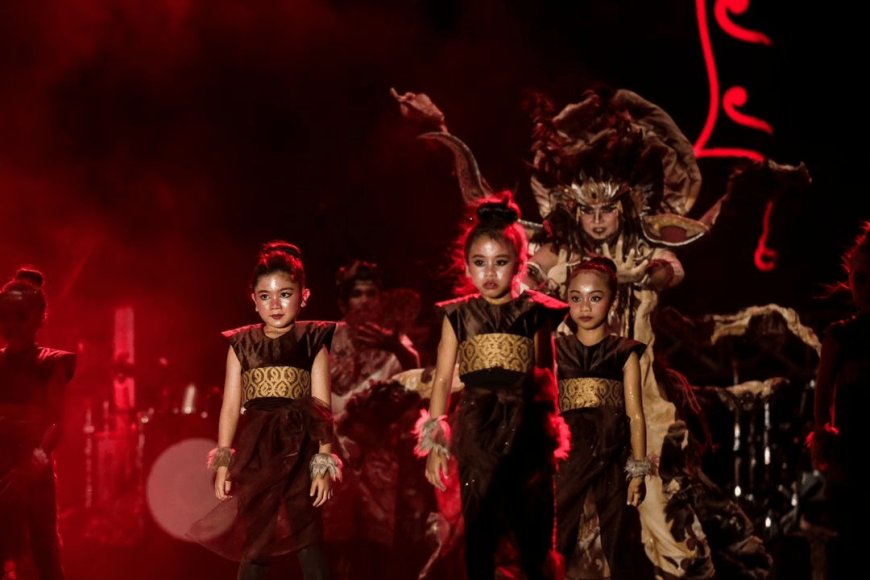
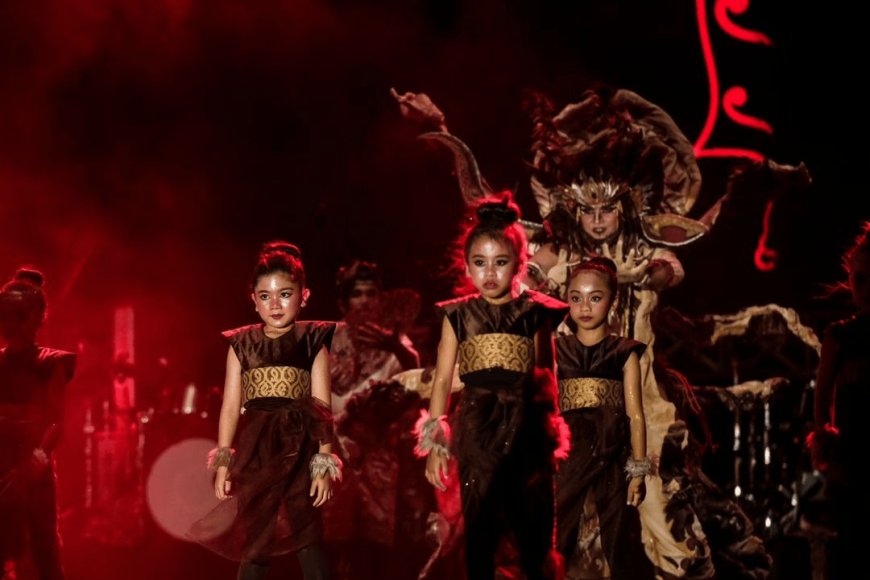
The Harmony of Tradition and Modernity in Tari Lasti (Photo Source: Private Collection)
Tari Lasti reflects Ayu Anantha's vision of inviting the audience to revive the spiritual values that are often forgotten. By integrating these values into a performance art, Tari Lasti connects humans with nature through a deep understanding and respect for the elements that are part of everyday life.



















































